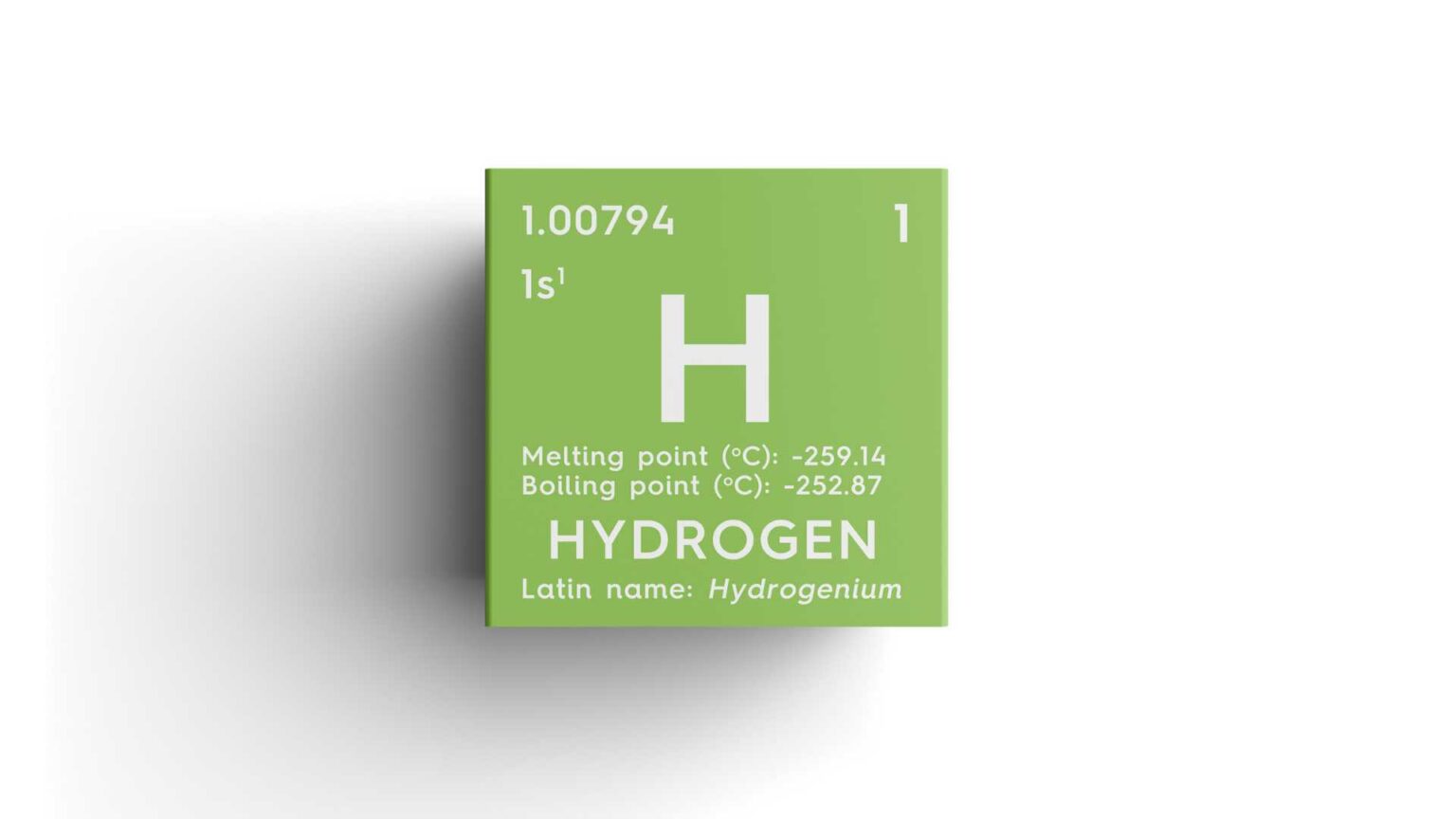In a significant move for the hydrogen energy sector, Yanmar Energy Systems and Daigas Energy have demonstrated a 30% hydrogen fuel blend in municipal gas using a cogeneration system.
Yanmar ES, a subsidiary of Yanmar Holdings, and Daigas Energy, a subsidiary of Osaka Gas Co. Ltd, conducted the test from January 2024 to June 2024. The demonstration used a standard Yanmar EP400G cogeneration unit retrofitted with hydrogen supply equipment from Daigas Energy at Daigas Energy’s Carbon Neutral Research Hub ANNEX Torishima site in Osaka City.
The key outcome of the test was that the cogeneration system maintained its rated power output and power generation efficiency even with a 30% hydrogen blend in the gas fuel. This finding is critical, as it demonstrates that existing municipal gas infrastructure can be adapted to incorporate hydrogen, a cleaner energy source, without compromising performance.
The test also confirmed that the system could operate with low NOx emissions, comparable to those when using municipal gas alone. This is a noteworthy achievement, as hydrogen blending often raises concerns about increased NOx emissions, which can be detrimental to air quality. The ability to maintain low emissions levels makes this technology more viable for widespread adoption.
While the successful demonstration by Yanmar ES and Daigas Energy is commendable, it is important to compare it with global standards and initiatives. For instance, the European Union has been pushing for hydrogen integration across various sectors, setting ambitious targets for hydrogen use in energy systems. Projects like the European Hydrogen Backbone aim to develop extensive hydrogen infrastructure, blending hydrogen with natural gas at larger scales.
The achievement by Yanmar ES and Daigas Energy also needs to be viewed against the backdrop of ongoing technological advancements in hydrogen energy. Companies in other regions are exploring higher hydrogen blends and even pure hydrogen use in cogeneration and other industrial applications. The successful operation at 30% hydrogen is a step forward, but the industry is moving towards even more ambitious integration targets.
The successful test hinged on retrofitting existing infrastructure, a strategy that can be both an advantage and a limitation. While retrofitting is less costly than building new infrastructure, it may not be feasible for all existing systems, especially those that are older or less adaptable. Comprehensive infrastructure development, as seen in the European Hydrogen Backbone initiative, might be necessary for broader adoption.
To capitalize on such technological demonstrations, strong regulatory and policy frameworks are essential. Governments need to provide clear guidelines, incentives, and support for hydrogen integration. Japan’s current hydrogen strategy will play a crucial role in determining how quickly and effectively such technologies can be commercialized.
